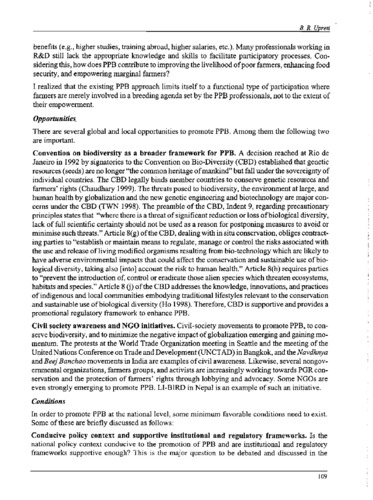Recent progress in cassava agronomy research in Vietnam
In recent years the National Root and Tuber Crops Program of Vietnam, with the cooperation and assistance of the Centro International de Agricultura Tropical (CI AT), has drawn up a plan for strengthening the research and development capacity, with the objective of improving cassava production in Vietnam.
In the area of cassava agronomy, the program has obtained the following results:
- Among various intercropping systems, the interplanting of cassava with peanut, mungbean or maize were the most promising on high fertility soils, while intercropping with peanut was promising on the poorer soils.
- Intercropping cassava with black bean or peanut and planting contour hedgerows of Tephrosia Candida was the best way to control soil erosion. Cassava intercropped or alley cropped with hedgerow species did not show a significant benificial effect on cassava yield at Hung Loc Center, but the effect may be observed in the long term.
- The cassava population of 10,000-14,000 plants/ha and 12,000-16,000 plants/ha should be recommended for the red Latosol and the grey Podzolic soils, respectively.
- Long term N, P and K trials have shown that the response of cassava to fertilizers is very different for the various types of soils; on the more fertile Latosols the response was not significant even in the fourth year of cropping, but on the grey Podzolic soil in the South and on red-yellow Ferralsols in the north the response of cassava was highly significant already in the first year, with the main response to N and K, respectively.
- Short term N, P and K trials showed a high response of cassava to K in Vinh Phu province, as well as a higher income due to fertilizer application in Dong Nai province.

